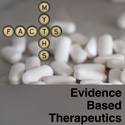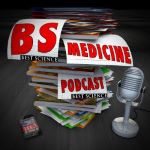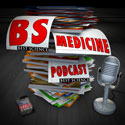Episode 119: The mind boggles and the heart goes all a flutter – Part 3
In episode 119, Mike and James tackle a few final issues of atrial fibrillation – rate vs rhythm control, anticoagulation in the elderly, what do with high INR numbers, and short-term warfarin interruption. They outline the details in such a clear and succint manner that they decide all you have to do is follow their guidelines but as they really don’t like guidelines it really is unclear what you should do.
Show notes
1) Rate vs rhythm meta-analyses
Arch Intern Med. 2005;165:258-62
European Heart Journal 2005;26:2000–6
Br J Clin Pham 2005;60:347-54
2) Strict versus lenient rate control
N Engl J Med 2010;362:1363-73
3) Other info on atrial fibrillation
N Engl J Med 2008;358:2667-77
Circulation 2006;114;e257-e354
4) Anticoagulation of the elderly
Circulation 2007;115:2689-96
Lancet 2007;370:493–503
5) High INR and Vitamin K
Ann Intern Med. 2009;150:293-300
Chest 2008;133:160–98S
6) Short-term warfarin interruption
Arch Intern Med 2008;168:63-69
Circulation 2006;114;e257-e354
Chest 2008;133;299S-339S



